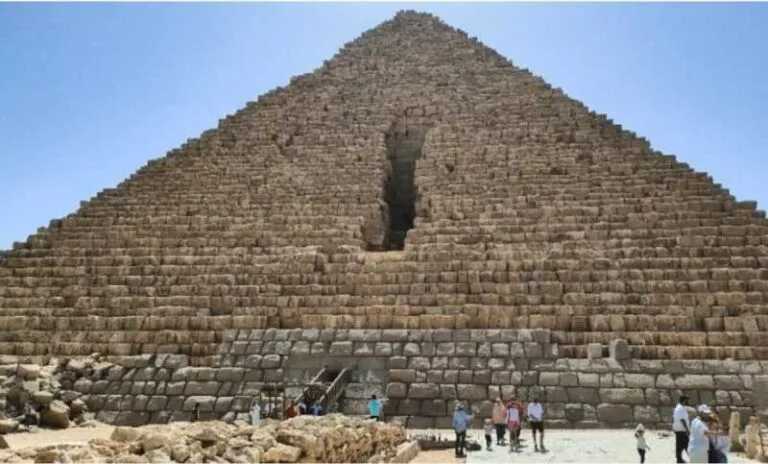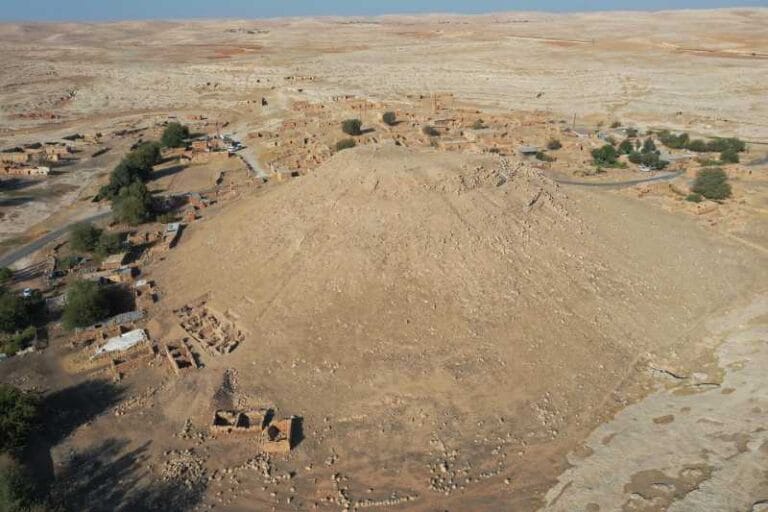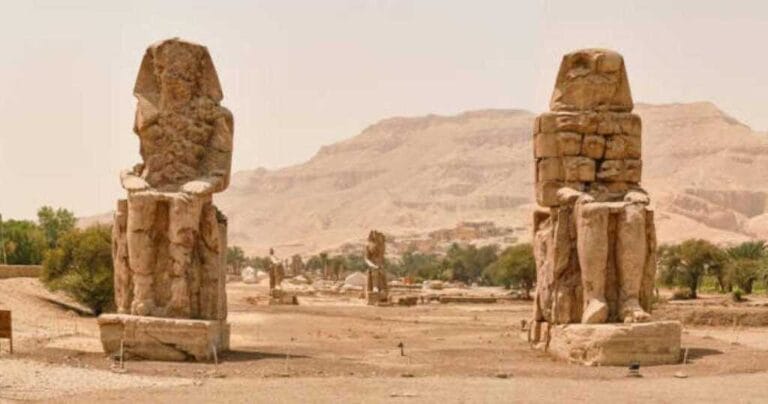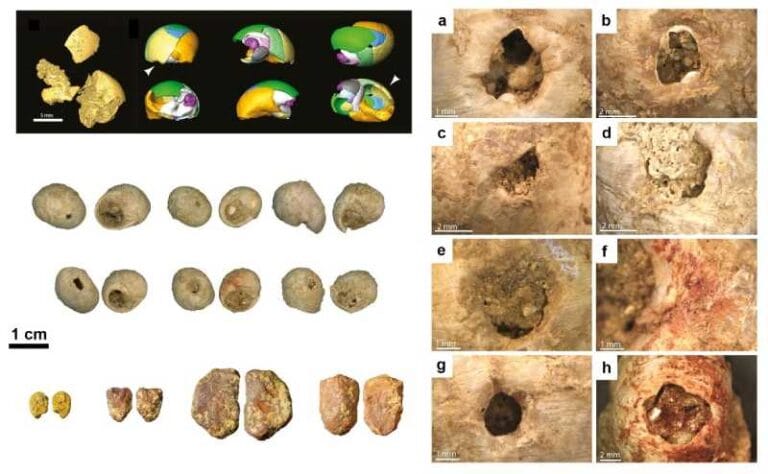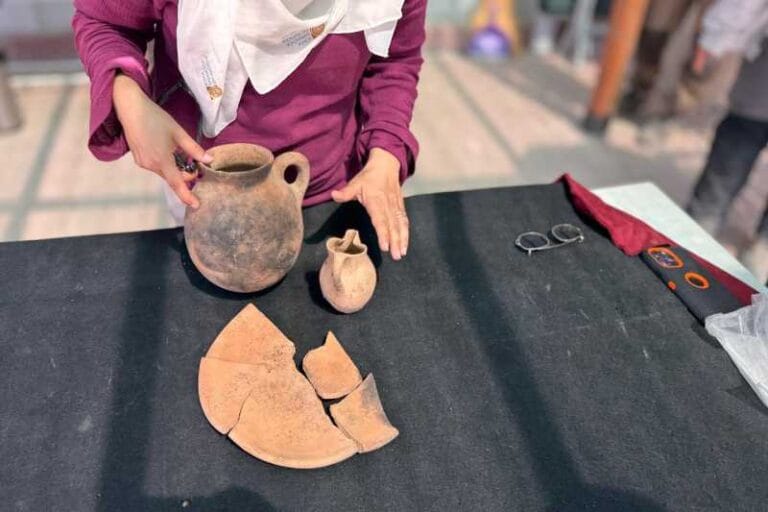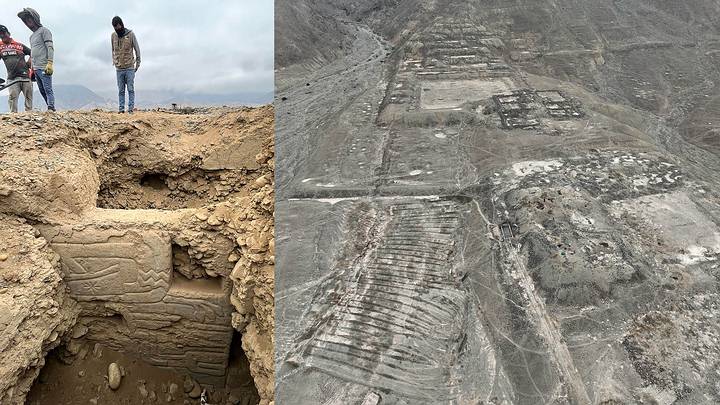Ancient Roman mosaic discovered during infrastructure works in Türkiye
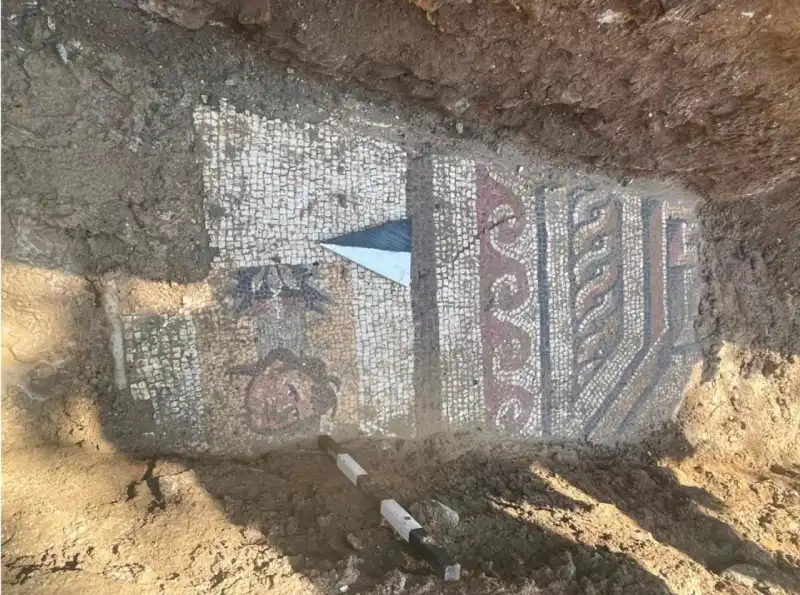
During infrastructure renovations in the Dulkadiroğlu district of Kahramanmaraş, southeastern Türkiye, workers uncovered a Roman-era floor mosaic beneath Tevfik Kadıoğlu Avenue in the Bağlarbaşı neighborhood. The project is part of the Post-Earthquake Recovery and Reconstruction efforts following the 2023 earthquakes that struck the region.
Upon spotting the intricate mosaic pattern, workers halted construction and immediately notified the Provincial Directorate of Culture and Tourism. Archaeological teams quickly arrived onsite to document and preserve the find. The mosaic, composed of tiny, precisely arranged tesserae, was thoroughly photographed and protected with geotextile fabric and a fine layer of sand to shield it from environmental damage.
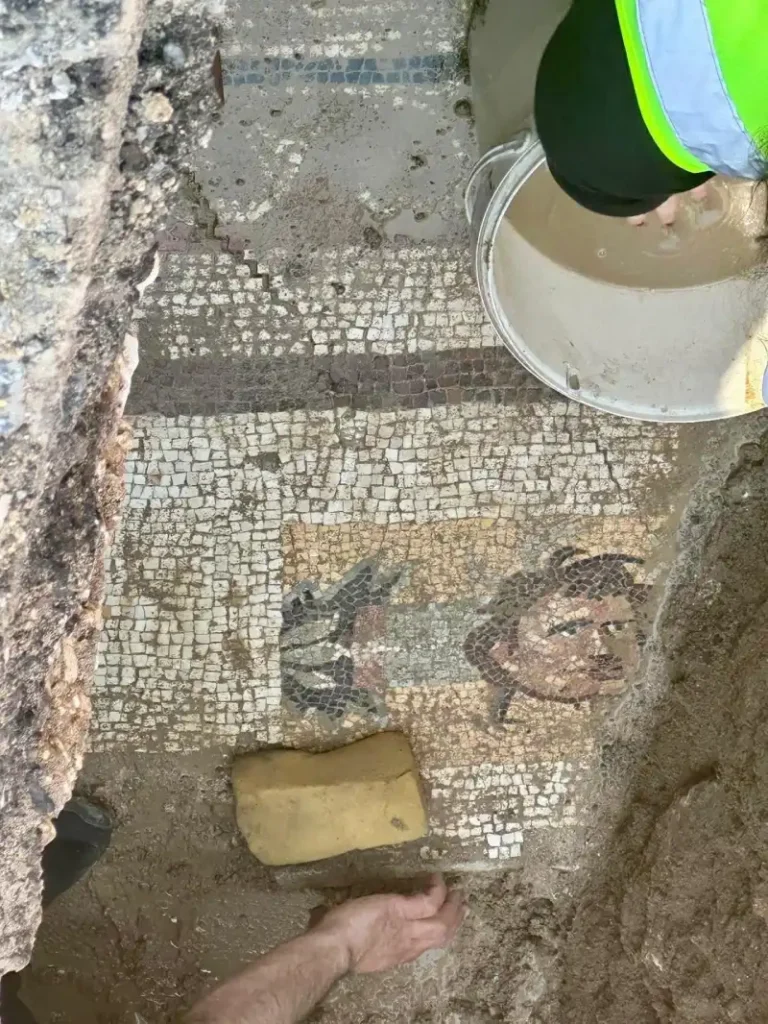
The discovery drew public attention after reports surfaced claiming the mosaic had been covered with concrete during construction. The Directorate promptly issued an official statement denying these allegations.
“The cultural asset uncovered by specialized teams was recorded and photographed. It was protected with geotextile material and fine sand against environmental effects. No concrete, asphalt, or similar substances were applied over the area,” the statement reads.
Advertisement - Continue Reading Below
The case has been forwarded to the Regional Council for the Protection of Cultural Heritage in Gaziantep, which will decide on further conservation steps and possible public display. Registration of the mosaic is already underway.
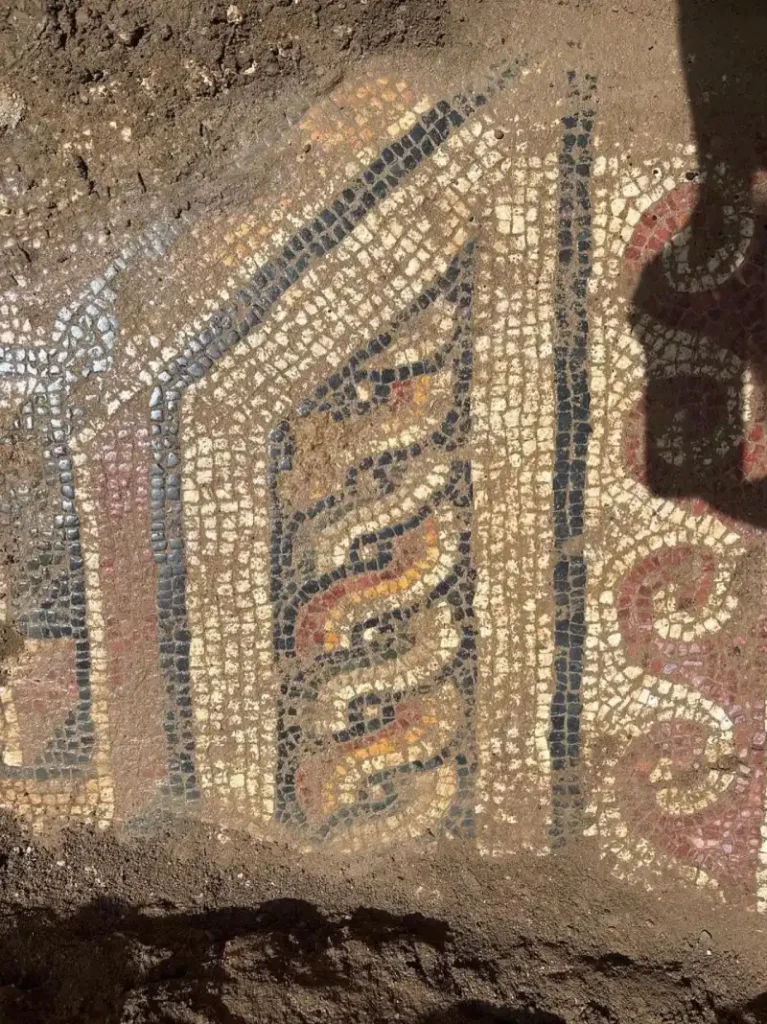
This finding corresponds to the site of ancient Germanicia, a city incorporated into the Roman Empire in 64 BCE and renamed in honor of Emperor Gaius Caesar Augustus Germanicus. Germanicia is known from Latin and Greek sources as a significant urban center in late Roman and early Byzantine times. The area gained renewed attention in 2007 after official excavations revealed a remarkable collection of floor mosaics, following reports of illegal digs.

Ongoing archaeological research shows that the mosaics from Germanicia reflect the city’s social, political, and cultural life during Late Antiquity. Featuring geometric and floral motifs, everyday scenes, and architectural depictions, the mosaics demonstrate impressive technical skill. The rich variety of iconography and composition highlights Kahramanmaraş’s artistic wealth and offers valuable insights into the cultural narrative of the era.
Source: Türkiye Today

